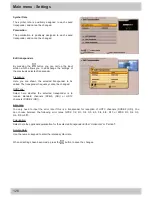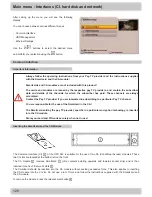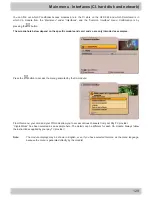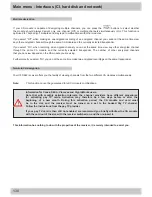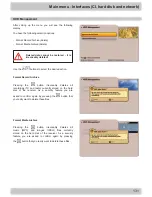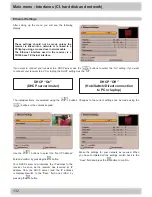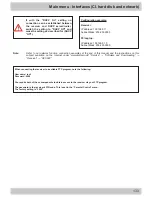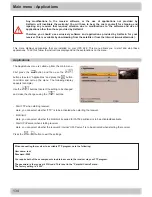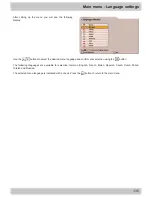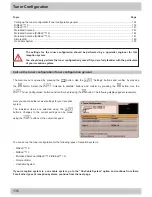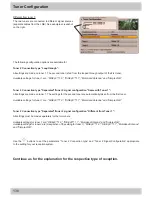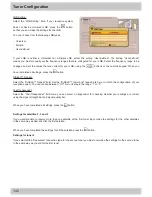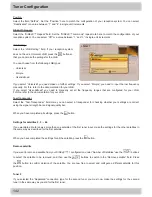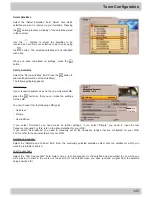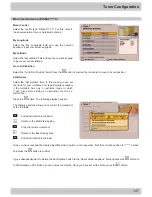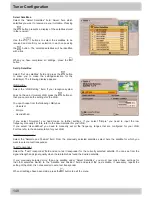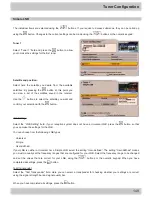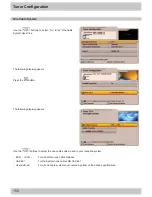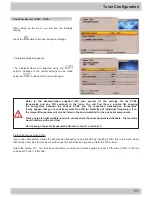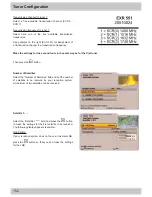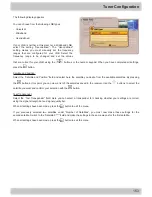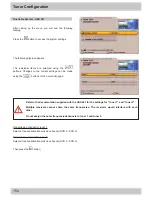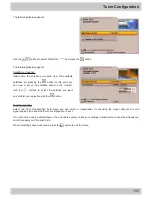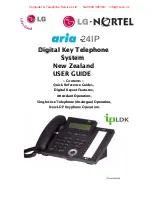
140
LNB Setting:
Select the “LNB Setting” field. If your reception system
does not have a Universal LNB, press the
button
so that you can make the settings for the LNB.
You can choose from the following LNB types:
- Universal
- Simple
- User-defined
Tuner Configuration
If your LNB is neither a Universal nor a Simple LNB, select the setting “User-defined”. The setting “User-defined”
means you must manually set the frequency ranges that are configured for your LNB. Select the frequency range to be
changed and set the values that are correct for your LNB, using the
buttons or the numeric keypad. When you
have completed all settings, press the
button.
DiSEqC™ Repeat:
Select the “DiSEqC™ Repeat” field. Set the “DiSEqC™ command” repeat rate here to match the configuration of your
reception system. You can choose between: “Off” or a unit step in the range “1” to “3”.
Test-Transponder:
Select the “Test-Transponder” field. Here you can select a transponder for checking whether your settings are correct
using the signal strength bar and signal quality bar.
When you have completed all settings, press the
button.
Settings for satellites 2, 3 and 4
If you want/are able to receive more than one satellite at the first tuner input, make the settings for the other satellites
in the same way as described for the first satellite.
When you have completed the settings for all the satellite, press the
button.
Settings for tuner 2
If you selected the “Separated” connection type for the second tuner you must now make the settings for the second tuner
in the same way as you did for the first tuner.

